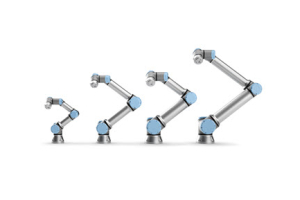A compression load is a force that tends to compress, or buckle a ball screw shaft. If a compressive force is applied to a screw that exceeds its column strength, the ball screw will bend and cause premature or permanent failure. This can happen in either horizontal or vertical applications. In some cases, you may have to select a more rigid end support housing arrangement, and/or a larger diameter screw in order for the ball screw assembly to withstand your compression load.

If a sufficiently heavy load is applied to a nut with a long ball screw in a horizontal application, the ball screw could buckle. In a vertical application, if a fixed or rigid motor driven housing is mounted below the ball screw, the ball screw weight and load weight could buckle the screw. Therefore, in a vertical application, installing the motor driven support housing above the ball screw puts the ball screw assembly in a tension mode, while the bottom end support bearing is free to “float axially” and is used only to guide the end of the screw. By loading the screw in tension, most of the time you avoid any compression load issues, and only need to be concerned with the load capacity of the nut and end support bearings. However, in some vertical applications with the ball screw mounted in a tension mode, you will have to be concerned about compression loads if you have a reversing force that exceeds the load weight being moved.
Information on Lintech’s Family of Ball Screws can be viewed at the following webpage-
Lintech Ball Screw Product Information
For more information, please contact:
EDITORIAL CONTACT:
Warren Osak
sales@electromate.com
Toll Free Phone: 877-737-8698
Toll Free Fax: 877-737-8699
www.electromate.com
Tags: Ball Screw, Lead Screw, Roll Thread Screw, Lintech, Electromate
Please be aware we use cookies to make your experience better. A cookie is a piece of data stored on a visitor's hard drive to help us improve your access and identify repeat visitors. Cookies can also enable us to track and target the interests of our users to enhance the experience on our site. Usage of a cookie is in no way linked to any personally identifiable non-public information. Learn more.





